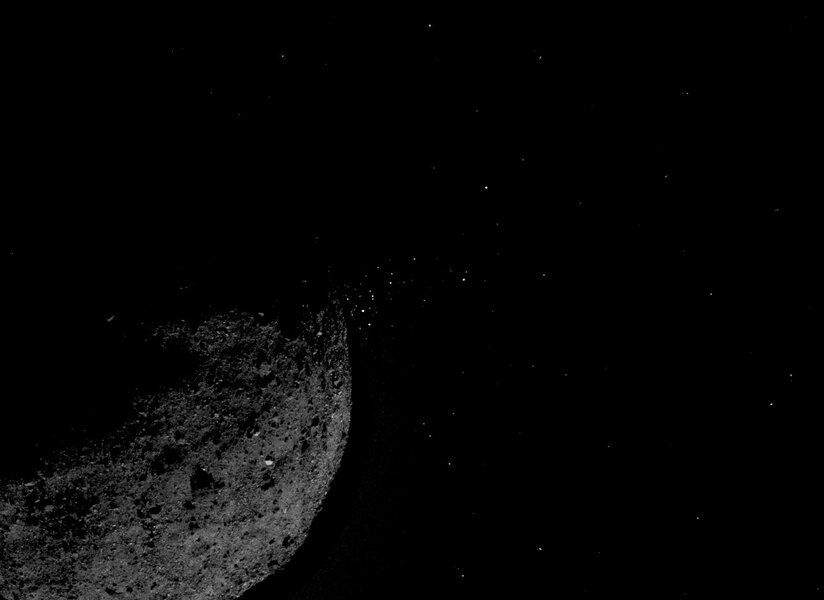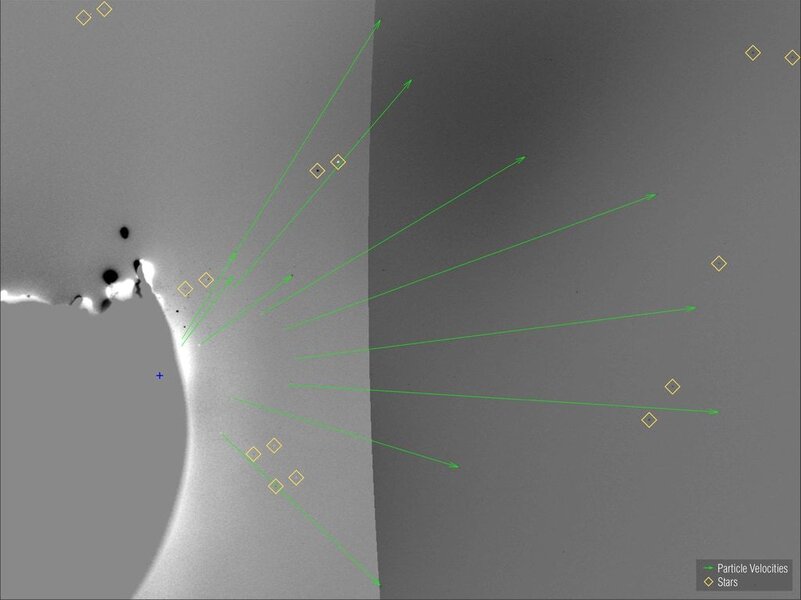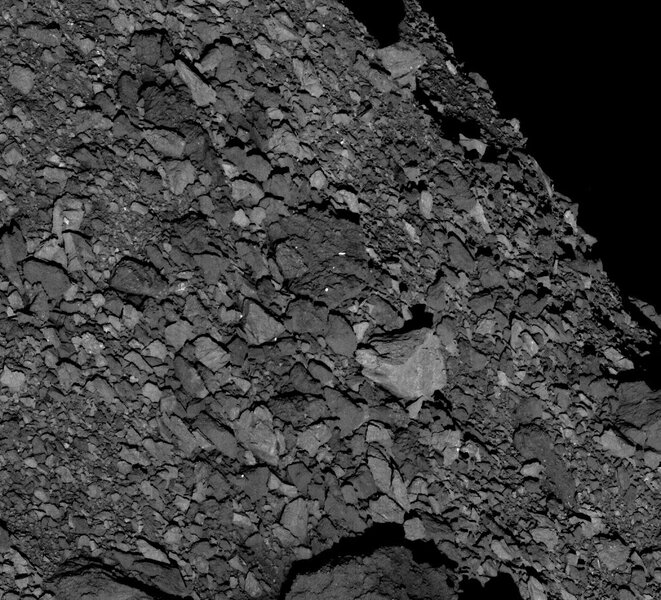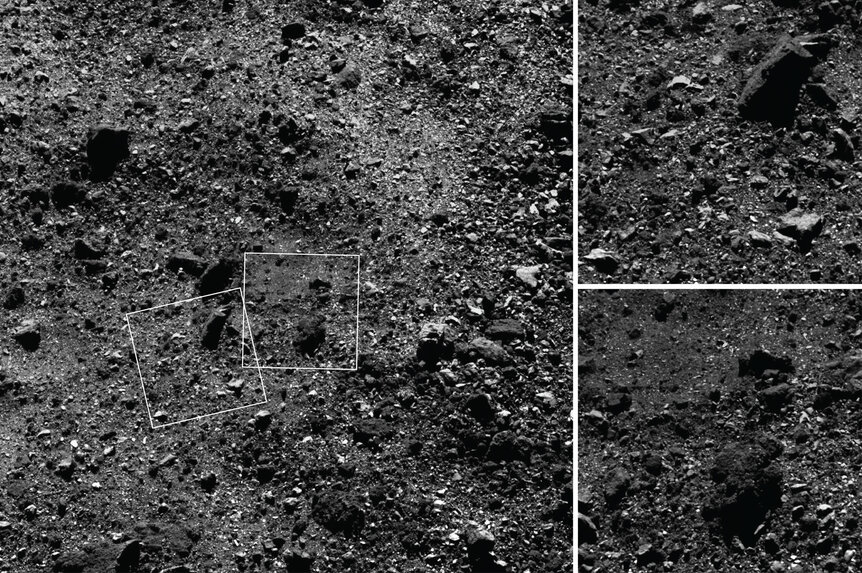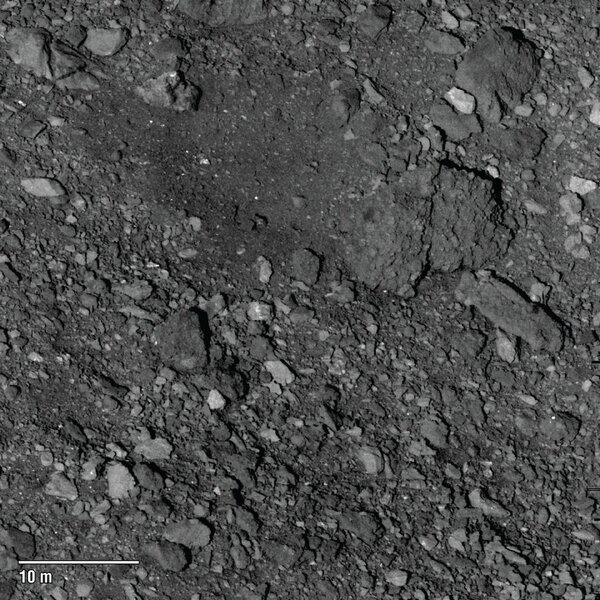Create a free profile to get unlimited access to exclusive videos, sweepstakes, and more!
Holy spitting space rocks: Asteroid Bennu is active!
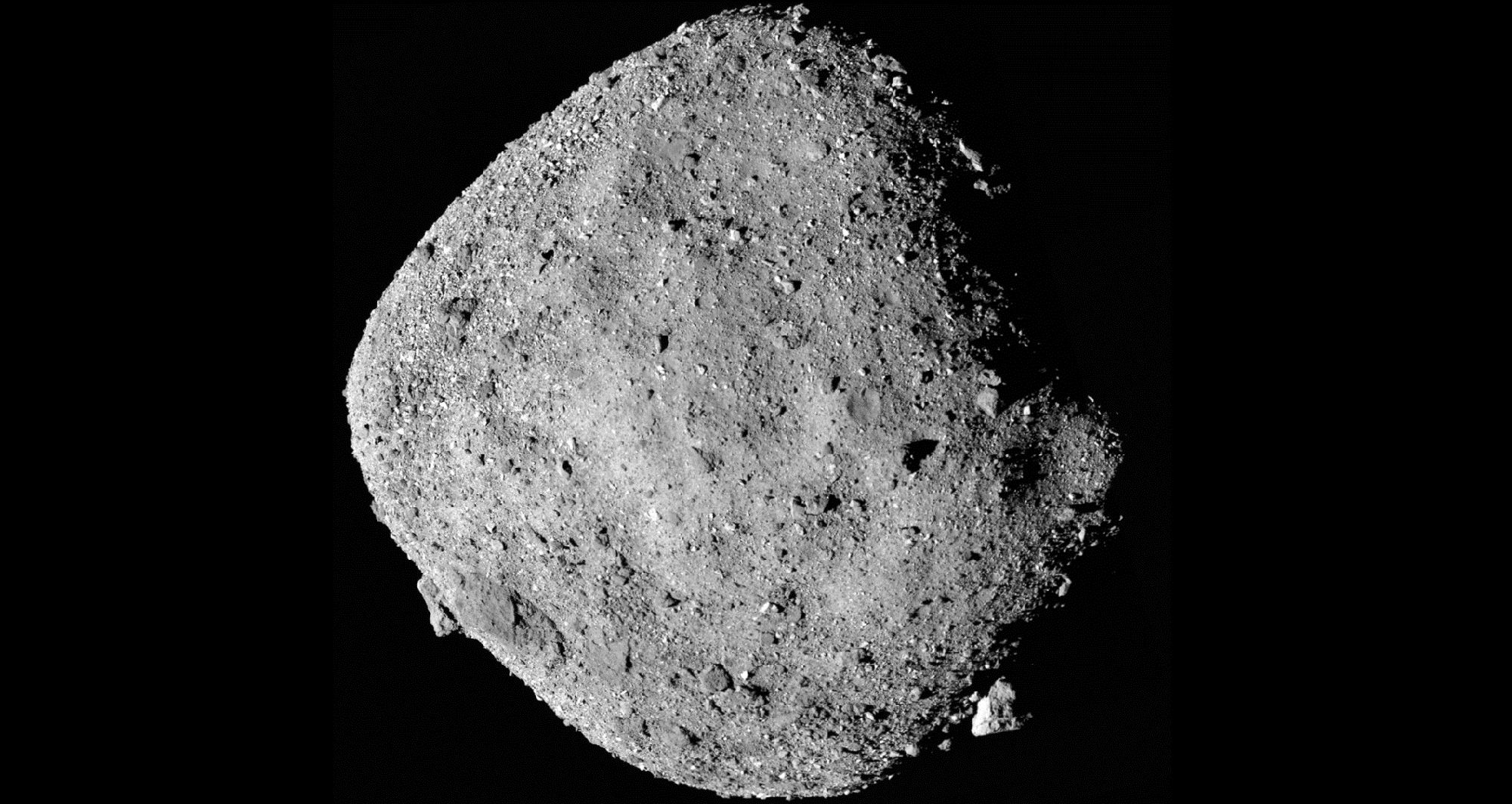
I’ve said it before, and I’ll say it again: There’s nothing like being there.
This isn’t just an aphorism; when it comes to asteroids it’s the literal truth. NASA’s OSIRIS-REx (Origins, Spectral Interpretation, Resource Identification, Security-Regolith Explorer) spacecraft is making that incredibly clear. Astronomers had some idea of the asteroid Bennu’s size and shape from ground-based observations, but once the spacecraft got there, well, it was basically one surprise after another.
There’s a lot of cool stuff to describe, but the one thing that really shocked me — as well as the planetary science team in charge of the spacecraft data — is that Bennu is active. What I mean by that is that it’s spitting material out into space from its surface.
That … that is unexpected. To say the least.
The asteroid is shooting rocks into space. This isn’t like a comet, where ice gets heated up by sunlight and turns into a vapor, expanding away and taking debris like dust and pebbles with it*. Some process on Bennu is flicking out individual pieces of rock, one at a time or a few dozen at once. They range in size from a few to a few dozen centimeters across, which also shocked me. I figured they’d be like grains of sand, but these are big!
This was discovered by comparing images taken a few seconds apart. The particles are moving away from the surface, so they appear in different places in the two images. The spacecraft moves as well, so the background stars shift position, too, but always by the same amount, so they can be ignored.
They’ve only just begun studying these ejected bits, but from the analysis so far the scientists have been able to determine that the velocities of the particles range from a few centimeters per second up to 3 meters second (roughly jogging speed). While some of them fall back to the surface, some don’t. The escape velocity — how fast something must be ejected to leave and never come back — varies due to the asteroid’s weird double-cone shape, but it’s less than 1 kilometer per hour, so a lot of those ejected rocks ain’t coming back.
Amazingly, some of them are sent out right at the sweet spot in velocity, and actually go into orbit around the asteroid! However, these are highly elliptical orbits, bringing them back close to the surface. The irregular gravity of Bennu bends the orbit shape, so most if not all of these will wind up eventually coming back and falling onto the surface of Bennu anyway, probably after orbiting for a few days up to a month or two.
So what’s causing this phenomenon? Here’s the fun part: No one knows!
Seriously, this was unexpected and never seen before, so the scientists are scratching their heads. It may be due to something like ice just under the surface turning to gas and flinging stuff away, but that seems like a relatively low-pressure event, and even in the low gravity it takes some force to launch a rock 20 cm across to a distance of several hundred meters up.
I wonder if big rocks settling under strain can do it. The gravity is weak, but it’s there, and some of the rocks are pretty big. The asteroid’s spin adds a force outward, and that changes rapidly from the poles (where it’s weakest) to the equator (where it’s strongest), which causes odd forces across the surface. A big rock settling might be able produce enough force to ping a small rock or a chip into space. I’ll note that another group of scientists has determined that thermal stress — the repeated cooling and heating of rocks by the Sun as Bennu rotates — is causing the boulders to break down over time. It’s a slow process, but I wonder if that might be behind this. A boulder cracking is bound to launch shrapnel away.
The scientists are all over this, of course, and hopefully we’ll have some answers soon.
Another big result is that the surface is much rougher than expected. Radar observations taken from Earth (similar to the method cops use to track car speeds) indicated the surface was likely smooth, with rocks in the centimeter size range strewn across it.
That is most definitely not the case.
Yes, there are lots of small rocks, but the surface is covered with bigger ones, and they counted 200 rocks bigger than 10 meters in size, which was completely unexpected. The biggest is a huge 58 meters in size! That’s more than half the length of a football field.
It’s unclear why the surface is so rough. It also presents a problem. OSIRIS-REx is supposed to land on the surface of Bennu and grab a sample to bring back to Earth. They were looking for a clear space about 25 meters across to do this, and none that size exists! There are some small relatively smooth patches, but they’re a very tight fit for the spacecraft.
The scientists are looking at this very carefully to figure out what to do. The good news is that the biggest patch may be just enough to fit the spacecraft, and it looks like it contains regolith — finely ground-up particles of rock. That’s good, because the mission is designed to puff nitrogen gas onto the surface to blow the particles up and into a collection chamber.
The minerology of Bennu looks a lot like a certain class of rare meteorite that has been found on Earth, and we strongly suspect small asteroids like Bennu are their source. The sample return will provide a clean, unmodified piece of the asteroid for scientists to coo and cluck over in the lab, which should yield all sorts of fun results.
Some of the stuff they see on the surface are phyllosicates — clay — and iron oxide — rust. Those both form in the presence of water! There’s not a lot of water (in the form of ice) in Bennu that could make these. However, billons of years ago Bennu was part of a larger, parent asteroid that probably did have abundant water ice. If it got heated (perhaps through impacts), then the water could have mixed with other minerals to make the clay and rust. When an impact on that parent rock caused Bennu to be ejected and become an asteroid on its own, some of that material went with it.
One more thing. I’ve written before on how Bennu (and Ryugu, an asteroid currently being visited by the Japanese Hayabusa2 spacecraft) are rubble piles, basically collections of rocks held together by their own gravity. In other words, Bennu isn’t solid! It’s not some monolithic rock, but more like a bag of rocks. Now, as the spacecraft orbits Bennu it feels the asteroid’s gravity, which depends on its mass. The size has also been measured, which means the density can be calculated — and it’s only 1.19 grams per cubic centimeter!
I exclaimed out loud when I read that. That’s barely denser than water (which is 1 g/cc) and a lot less than solid rock, which is usually 2 – 3 g/cc. This means that Bennu is extremely porous, and may be more than 50% empty space.
Its interior may be big rocks just all jumbled together, with nothing in between them. Just voids. Wow. Small asteroids are weird.
This also seals Bennu’s fate. This has to do with a complicated process called the YORP effect — in a nutshell, sunlight warms the surface of the asteroid, which then radiates away that heat as infrared light, which in turn gives a small but measurable kick to the asteroid. This very slowly ramps up the asteroid’s spin, decreasing its rotation period by about one second every century. It’s a slow but inexorable effect, and eventually it will spin so rapidly that the centrifugal force outward will overcome the gravitational force inward … and at that point Bennu will fly itself apart.
That won’t be for millions of years, so we have plenty of time to keep studying Bennu. That’s good, because there’s a lot of weirdness to go around (I had to leave a lot of interesting things off because this article would be 5,000 words long if I included everything!), and it’ll definitely take scientists quite some time to understand this bizarre little world.
* On comets this tends to happen from open pits called vents, and the material sprays away in plumes. Too bad this doesn’t happen on the asteroid, because then I could have titled this post “Bennu and the Jets.”
